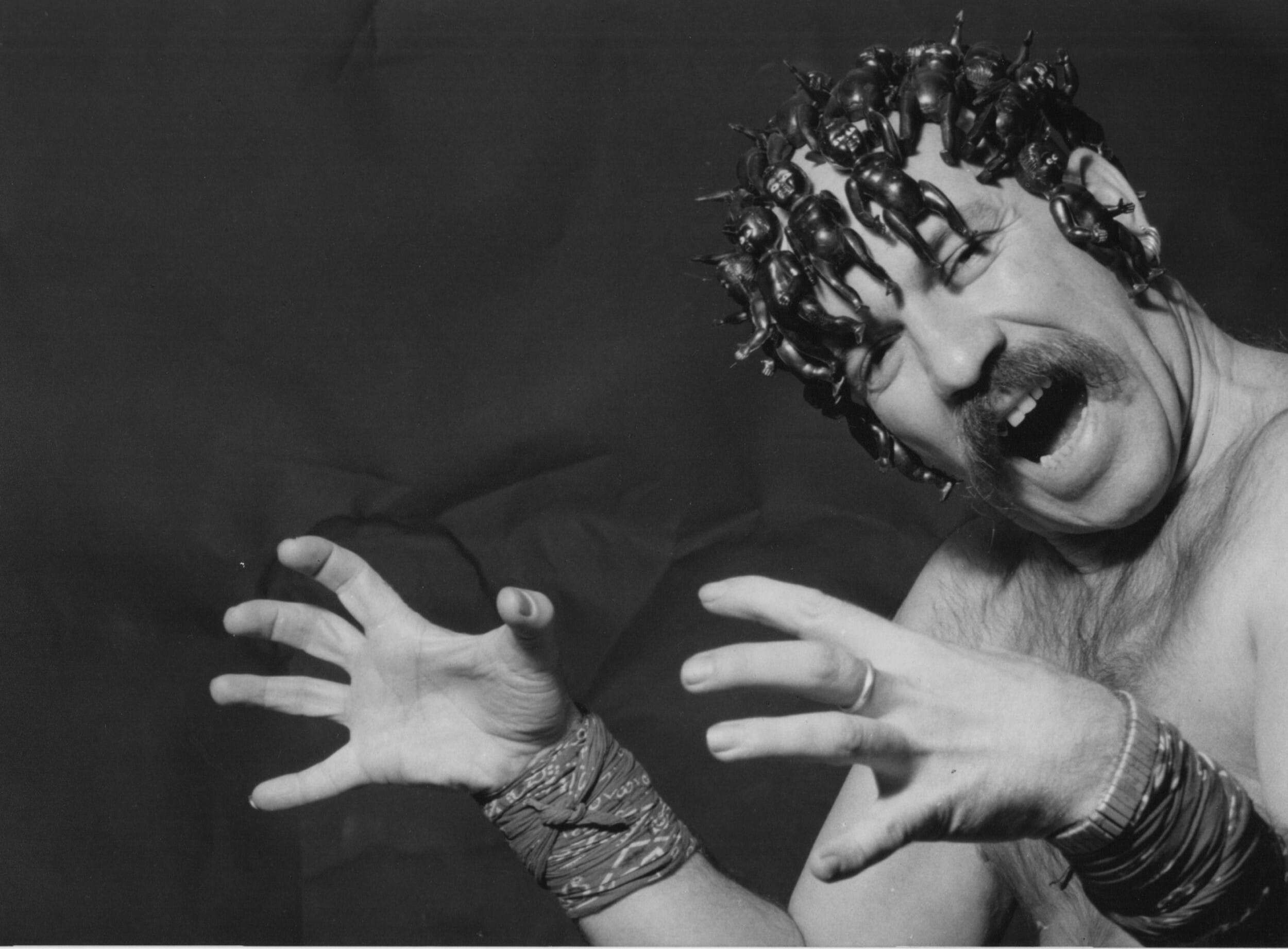Javier Inés

BIO
Javier Inés (Zaragoza, 1956 – Barcelona, 1991)
When he was a teenager some friends gave him his first camera, a simple Werlisa Color, with which he took up photography to portray his surroundings. For four years, he attended photography workshop courses at the Spectrum Canon Gallery in Zaragoza. In 1981, he held his first exhibition in Zaragoza, where he photographed many people in the performing arts – especially in the field of dance – and the world of entertainment in general.
In 1985, he moved to Barcelona, attracted by the nightlife and show business. He combined his profession as a photographer with that of a waiter in fashionable night bars, such as KGB or Distrito Distinto.
During this period, he collaborated with various advertising agencies and published in the leading magazines of the time, such as Vivir en Barcelona, Ajoblanco, La Vanguardia Mujer, and Primera Línea, among others. The magazine El Canto de la Tripulación, directed by Alberto García Alix in Madrid, devoted several pages to Javier Inés in its publications.
He combined his work as a creator with other commissioned professional projects. In this other realm of activity, he photographed prominent professionals from the worlds of finance, television, art, fashion, and the performing arts.
At the same time, Inés regularly photographed the underground world and nightlife of Barcelona, exploring the city’s forbidden zones in the lead-up to the 1992 Olympic Games.
As Javier Inés said: “I believe my subjects are happy. I think they accept their fate, and I try to make their faces show humor and be fun. I’m not satisfied with just taking a photograph, a portrait—I want to go further, to bring out a mystery, something magical.”
Adquirir obra ↓
No results found.